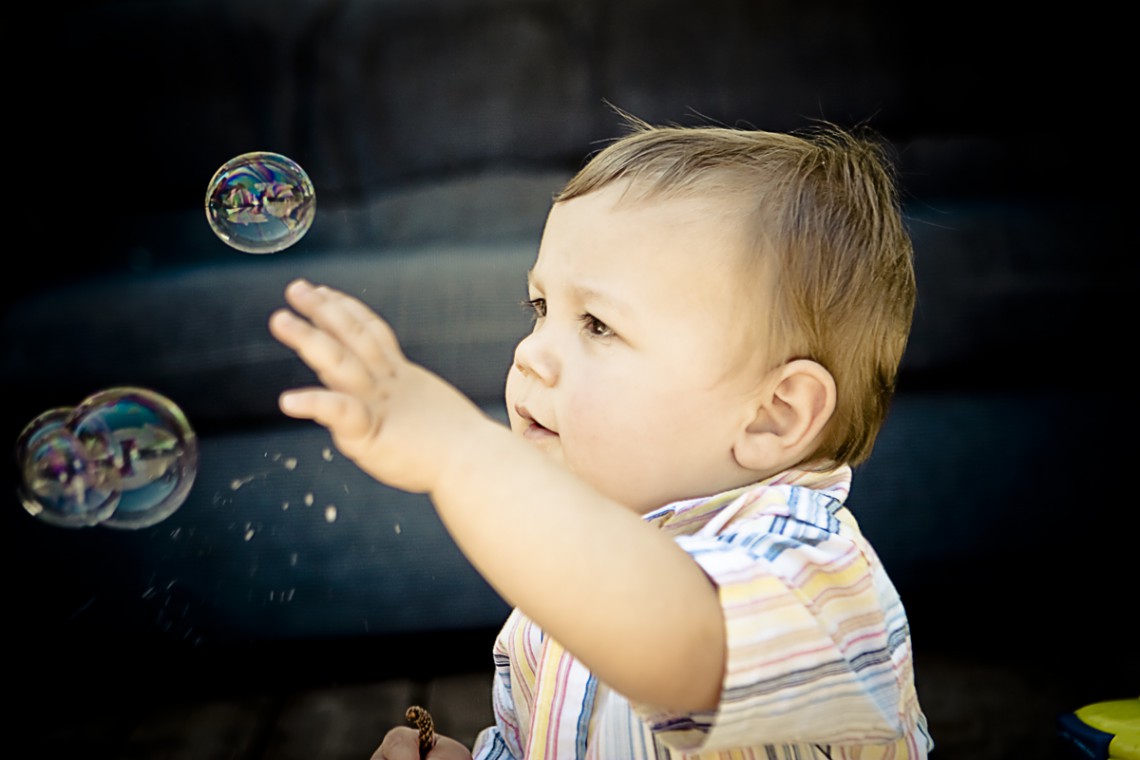 Source: bing.com
Source: bing.comTable of Contents
What is Hand Eye Coordination Development?
Hand Eye Coordination Development is the ability of a baby to use their eyes to guide their hands to perform a task. Babies develop Hand Eye Coordination in the first few months of life as they start to explore their environment. The development of Hand Eye Coordination is essential for babies to learn to grasp, hold, and manipulate objects, which leads to the development of their fine motor skills.
How do Babies Develop Hand Eye Coordination?
Babies develop Hand Eye Coordination through a series of stages. At first, they start to recognize their own hands and will bring them to their mouth. By the age of 2-3 months, they can track moving objects with their eyes and will start to reach for them. Between 4-6 months, they will reach for and grasp objects with both hands, transferring them from one hand to the other. By 7-9 months, they can pick up small objects with their fingers and thumb, and by 10-12 months, they can use objects to achieve specific goals and can even stack blocks.
What Activities can Help Develop Hand Eye Coordination?
There are many activities that parents can do to help their baby develop Hand Eye Coordination. Some of these activities include:- Placing toys within the baby’s reach and encouraging them to reach for them- Rolling a ball back and forth with the baby- Playing with stacking toys and blocks- Offering toys with different textures and shapes to encourage exploration- Providing toys that make noise or light up to encourage attention and focus
Why is Hand Eye Coordination Development Important?
Hand Eye Coordination Development is important for several reasons. First and foremost, it is essential for the development of fine motor skills, which are necessary for everyday activities such as writing, drawing, and using utensils. Additionally, Hand Eye Coordination Development can help babies learn problem-solving skills, as they learn to manipulate objects to achieve specific goals. Finally, Hand Eye Coordination Development can help boost a baby’s confidence and self-esteem as they learn to master new skills.
When Should I be Concerned About My Baby’s Hand Eye Coordination Development?
While every baby develops at their own pace, there are some general milestones that parents can look for to ensure that their baby’s Hand Eye Coordination Development is on track. If a baby is not reaching for objects by the age of 3-4 months, or is consistently dropping objects, it may be a sign of a developmental issue. Similarly, if a baby is not using both hands equally by the age of 6 months, or is not able to pick up small objects by the age of 9 months, it may be worth discussing with a pediatrician.In conclusion, Hand Eye Coordination Development is an essential part of a baby’s development that starts in the first few months of life. Activities such as reaching for toys, playing with blocks, and stacking objects can help stimulate Hand Eye Coordination Development, which is important for the development of fine motor skills, problem-solving skills, and self-confidence. While every baby develops at their own pace, it is important for parents to be aware of general milestones and to discuss any concerns with a pediatrician.Frequently asked questions:1. What is Hand Eye Coordination Development?2. How do Babies Develop Hand Eye Coordination?3. What Activities can Help Develop Hand Eye Coordination?4. Why is Hand Eye Coordination Development Important?5. When Should I be Concerned About My Baby’s Hand Eye Coordination Development?
